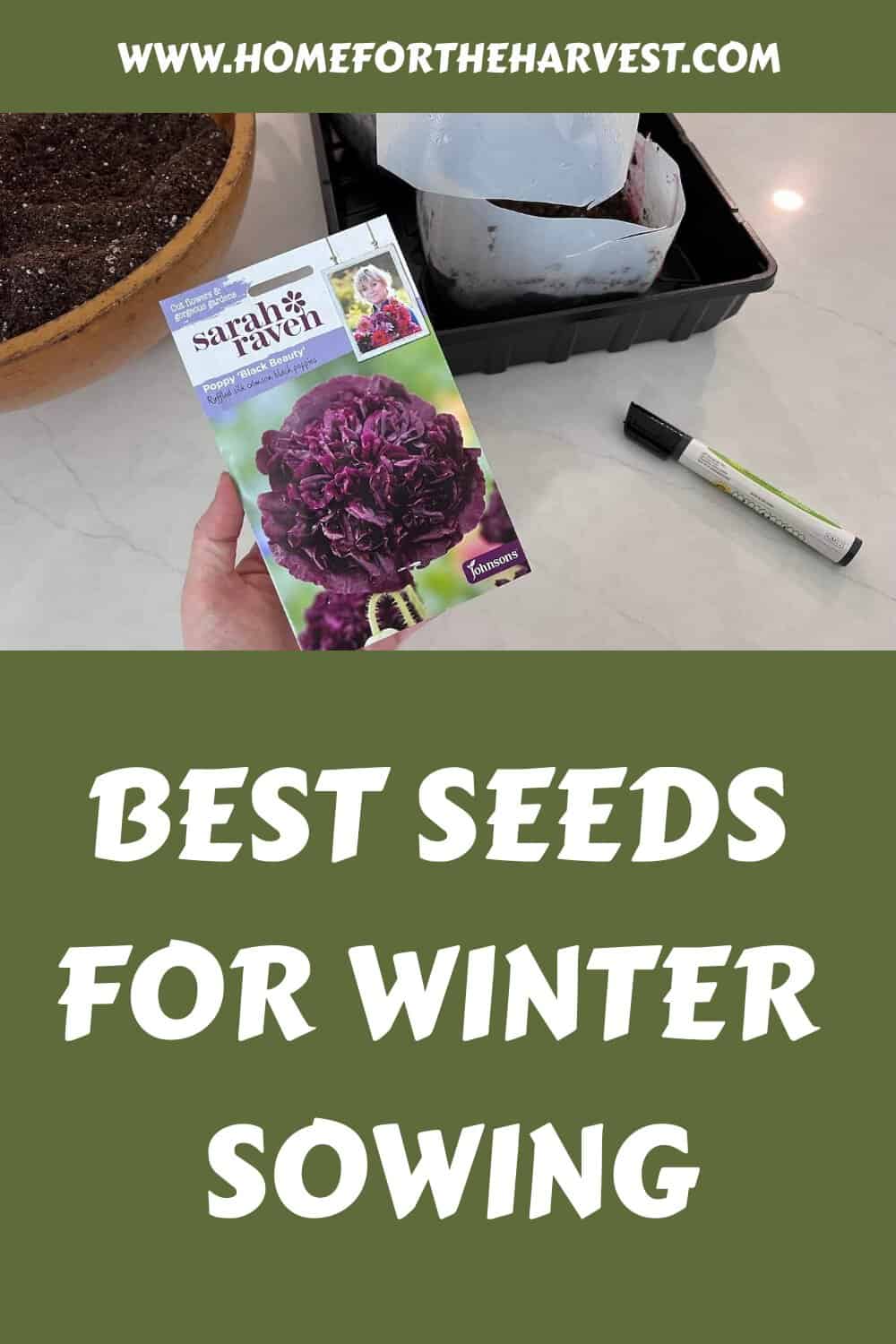Wondering which are the best seeds for winter sowing? While you can try winter sowing just about anything, there are certainly some seeds that work better than others. Here are a dozen of the best seeds to use in your winter sowing seed starting this year.
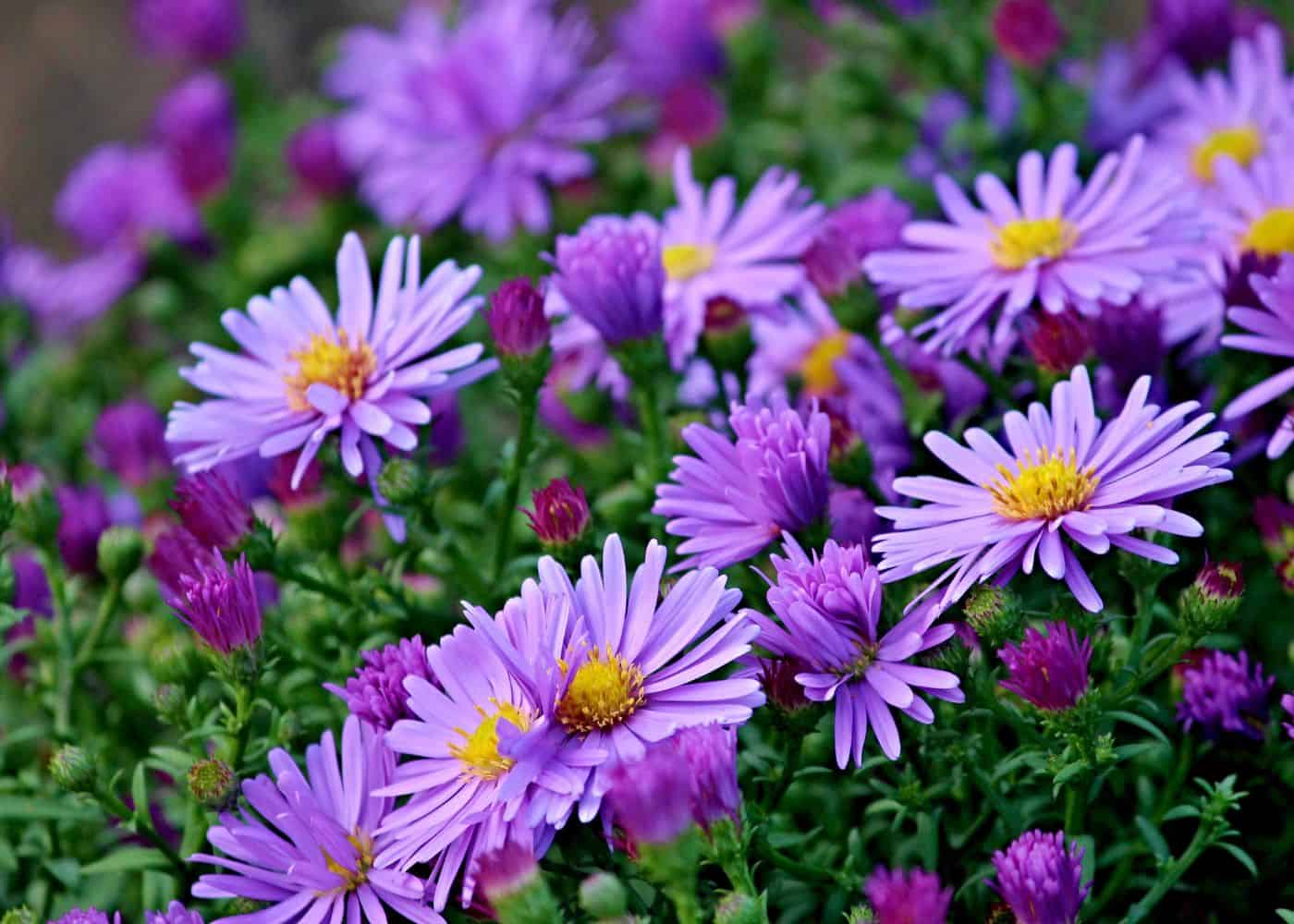
1. Aster
Asters are a good choice for winter sowing because they are hardy perennials that can tolerate cold temperatures. The seeds can be sown directly in the ground during the late fall or early winter, and will germinate in the spring when the weather warms up. The cold temperatures of winter can actually help to break down the seed coat and improve germination rates.
Additionally, asters are known to be easy to grow and will come back year after year. They are great for adding color to an autumn garden and attracting butterflies, bees, and other pollinators. Asters thrive in sunny gardens that have moist, well-drained soil. As the temperatures drop in late summer and early fall, asters begin to bloom with colorful daisy-like flowers in shades of pink, purple, blue, red and white. They can grow anywhere from 12 inches to 5 feet tall and are deer and rabbit resistant. Asters are one of the best choices for adding late season color to your garden!
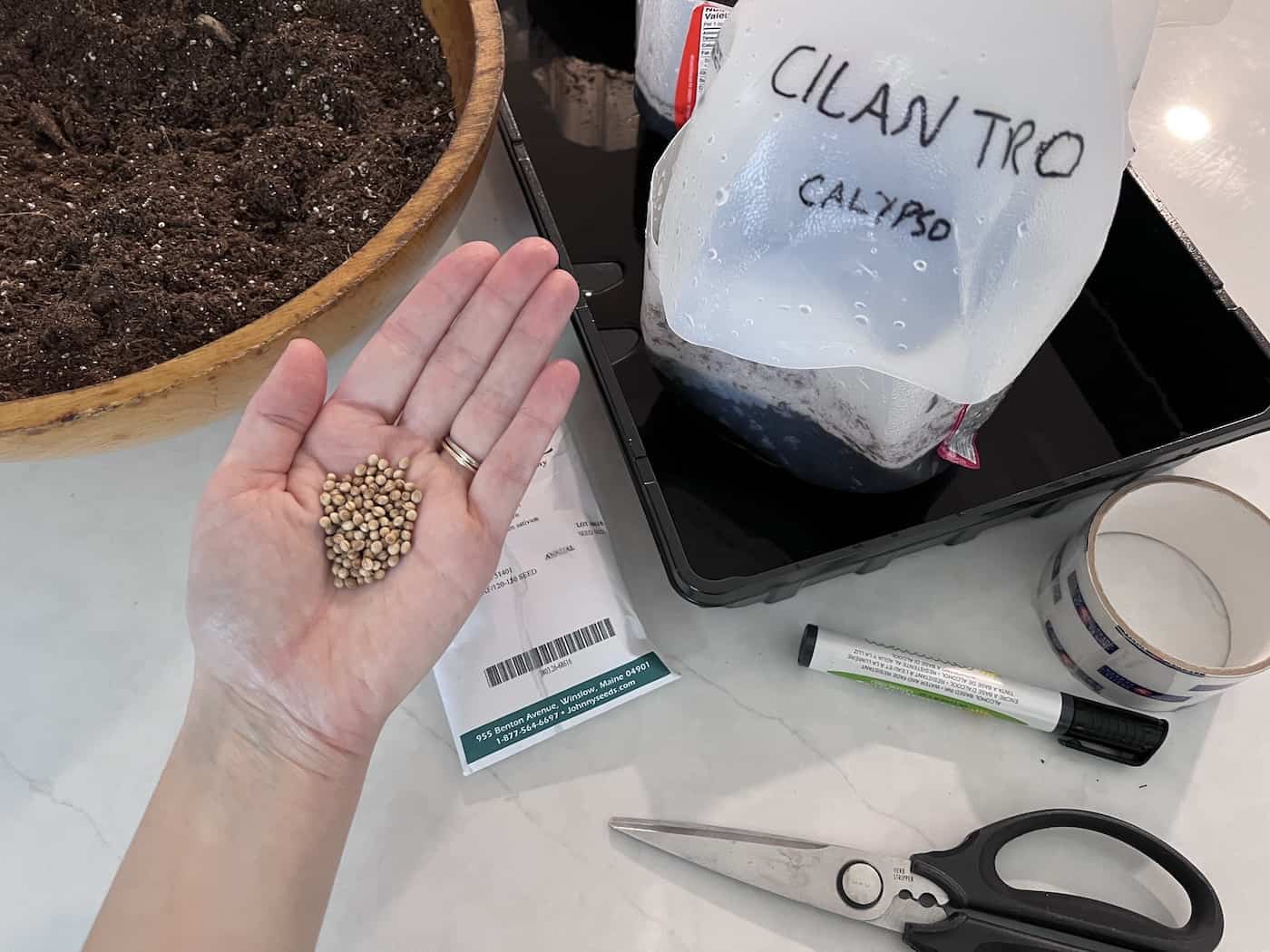
2. Cilantro
Cilantro is a good herb seed for winter sowing because it is a hardy annual that can tolerate cold temperatures. Sowing cilantro seeds in the winter allows the seeds to be exposed to the natural stratification process caused by the cold temperatures, which can help to break down the seed coat and improve germination rates. Cilantro also prefers cooler temperatures for germination and growth, and is often difficult to germinate in the heat of summer.
By sowing cilantro seeds in the winter, the seedlings will be ready to transplant or thin out when the weather warms up in spring. Additionally, cilantro has a relatively quick maturity rate, so you can expect to harvest leaves in around 60 days.
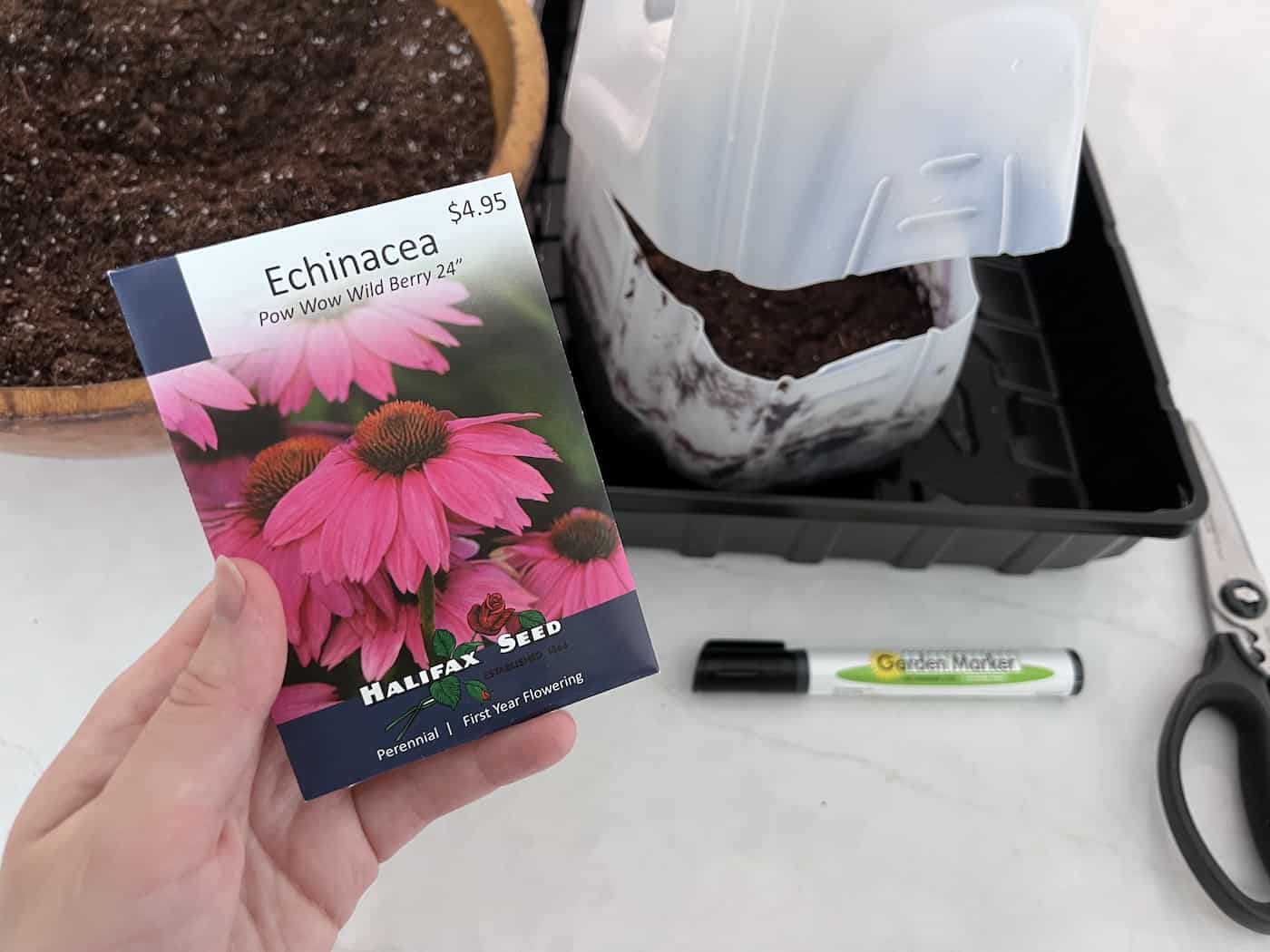
3. Coneflower
Coneflower (Echinacea) is a good perennial seed for winter sowing because it is cold hardy and can withstand the harsh winter conditions. Coneflower is a native North American wildflower and is naturally adapted to the climate, which makes it a strong candidate for winter sowing. The seed germinates in the spring when the weather starts to warm up and the plants will come back year after year.
Coneflower also can be a great addition to any garden with its bright and colorful flowers that bloom from summer to fall, and it is also a great source of food for pollinators. When cone flowers are planted in large groups they can create a beautiful living tapestry of colors. They also make great cut flowers for bouquets and have the added bonus of reseeding themselves year after year! Coneflower is an excellent choice for those looking for easy-to-care-for, low-maintenance, colorful additions to their gardens.

4. Kale
Kale is one of the easiest vegetable plants to winter sow. The seeds are just as tough as the plants, and the baby seedlings are incredibly cold-hardy. Kale is a cool-season crop and prefers to grow in temperatures between 40-60 F (4-16 C), which makes it a perfect candidate for winter sowing.
The seeds germinate in the spring when the weather starts to warm up, and the plants will grow throughout the cool months of the year. Additionally, kale is a versatile vegetable that can be eaten raw (like in smoothies) or cooked (like in soup).

5. Lettuce
Lettuce is another leafy green to winter sow. You can plant a few milk jugs of lettuce seeds and then each one can become a salad of baby leaves in the spring!
Plant several types for variety and enjoy the flavor! Don’t forget to plant some mesclun mix too – it’s great as an early spring crop. Lettuce is super easy to winter sow,
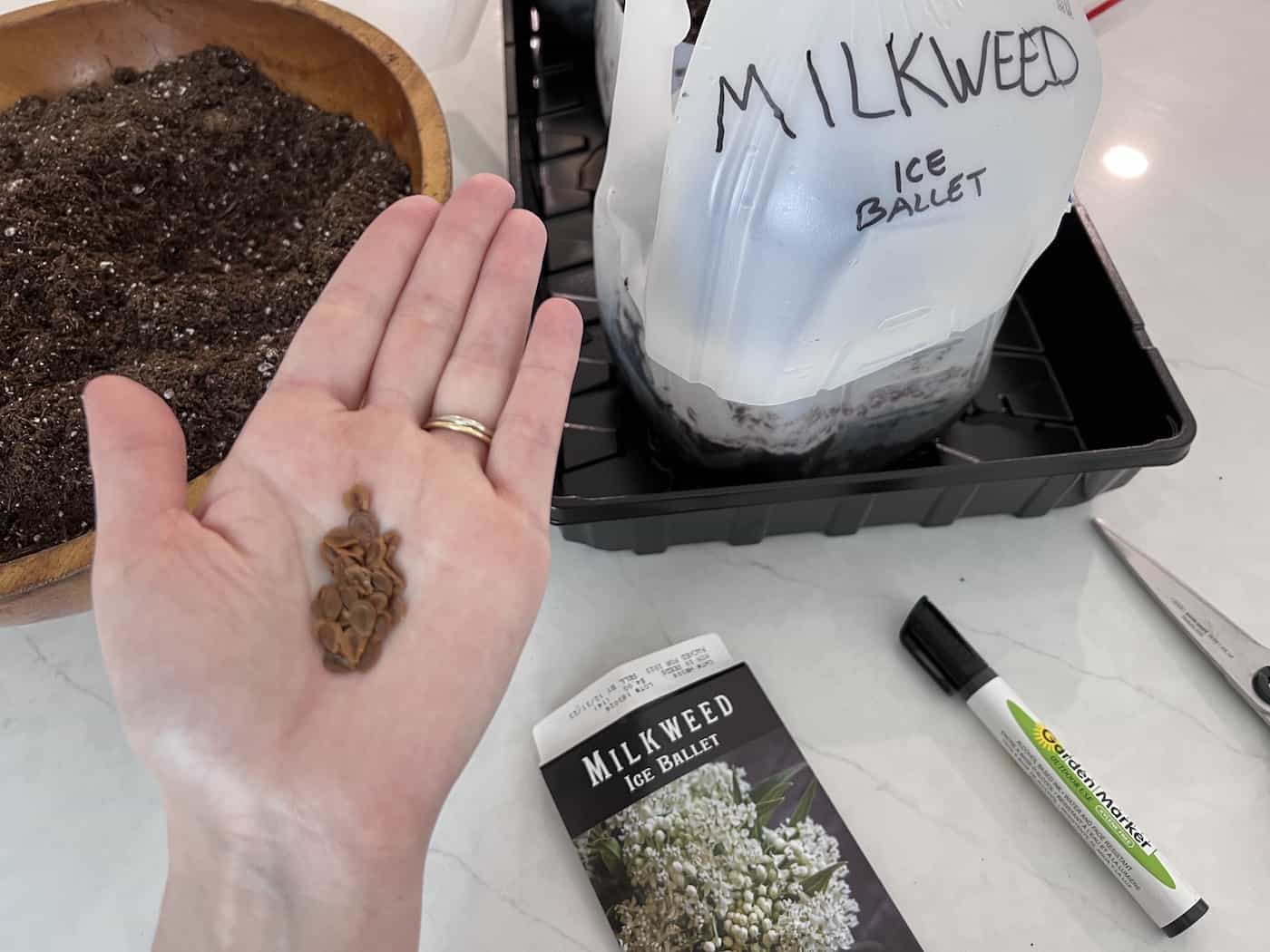
6. Milkweed
Milkweed is a native plant that can be really difficult to start indoors, but is very easy to winter sow. It is often seen in fields and along roadsides in the summer, and you can purchase seeds of ornamental varieties.
Milkweed flowers have large clusters of small, brightly colored flowers that are rich in nectar and are easy for pollinators to access. Additionally, milkweed provides a vital food source for the monarch butterfly caterpillars, which are known to feed exclusively on the leaves of milkweed plants, making it a crucial plant for monarch butterfly populations. Milkweed is also a host plant for many other butterfly species, which is a great way to attract these beautiful pollinators to your garden.
Furthermore, milkweed is also an important source of pollen and nectar for many other pollinators such as bumblebees, honeybees, and other native bees. Milkweed is also a great source of food for other beneficial insects like ladybugs, lacewings, and hoverflies.
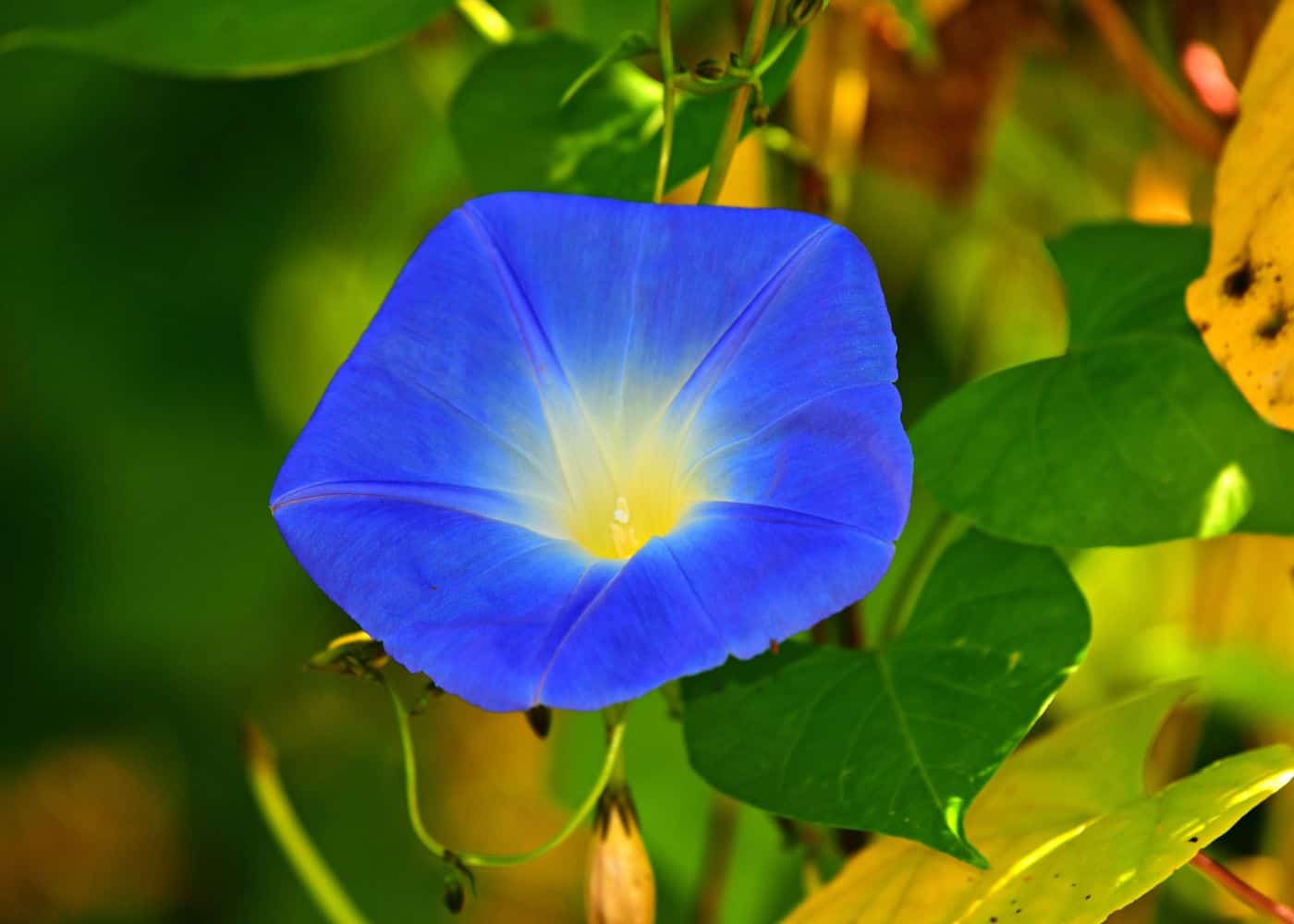
7. Morning glory
Morning glory is a popular flower for winter sowing. It grows well in full sun, making it a great choice for sunny gardens. It is also very easy to care for and can be used as an edible garnish or dried for crafts projects. Morning glory does best when grown in moist, well-draining soil and needs regular watering during dry spells.

8. Onions
Onions can be tricky to grow from seed in the home garden because the seeds don’t last very long at all, and if they do sprout successfully, the plants take quite a while to grow to maturity. This is why so many gardeners grow their onions from “onion sets” (baby onions). But onion seeds and other alliums like chives and scallions are great for winter sowing as you get a bit of a head start.
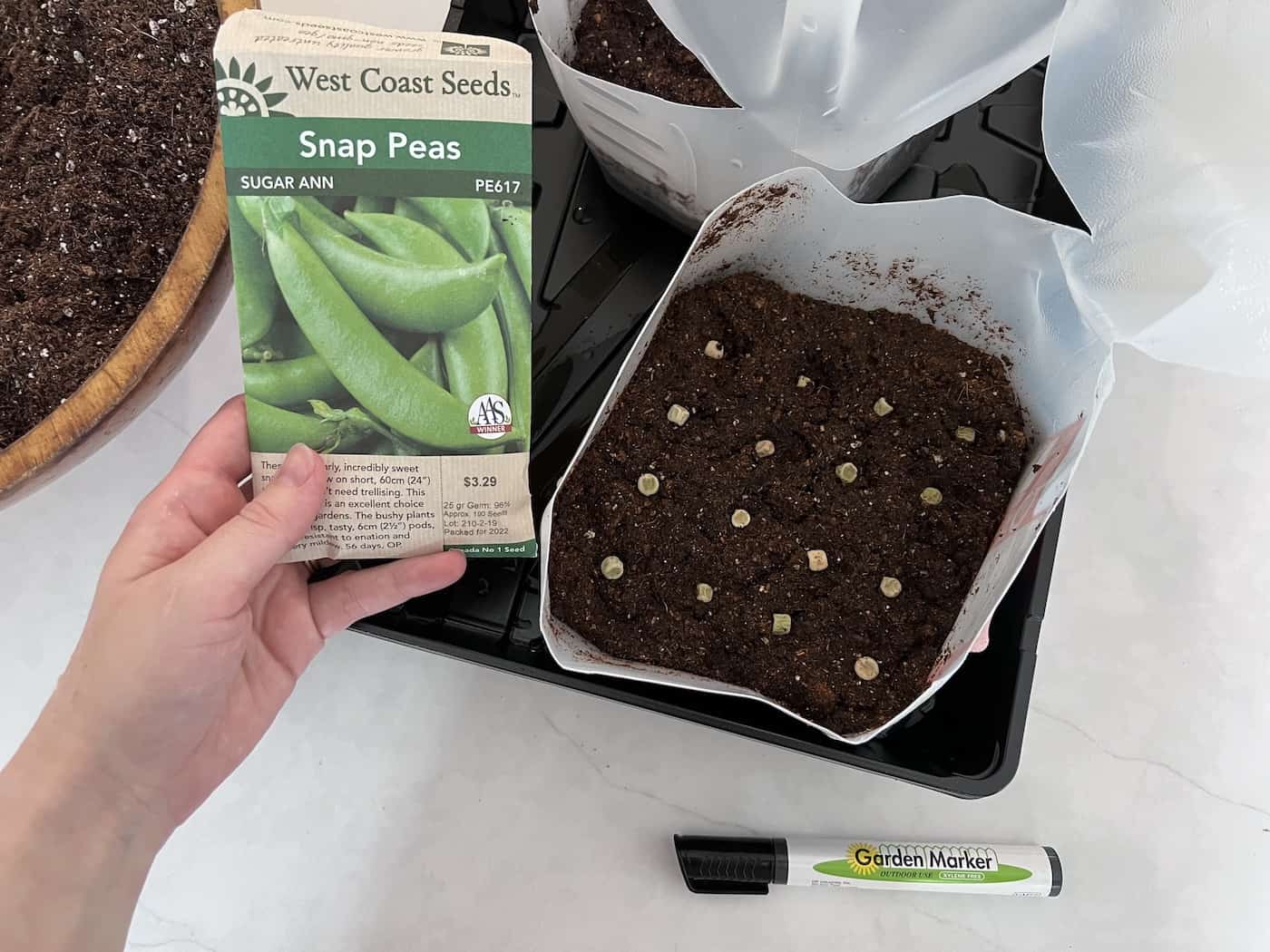
9. Peas
Peas are another cool-climate crop to winter sow. These plants are usually started by direct-sowing seeds into the garden in early spring. But winter sowing has a few advantages over traditional methods, such as increasing germination rates and providing better weed control.
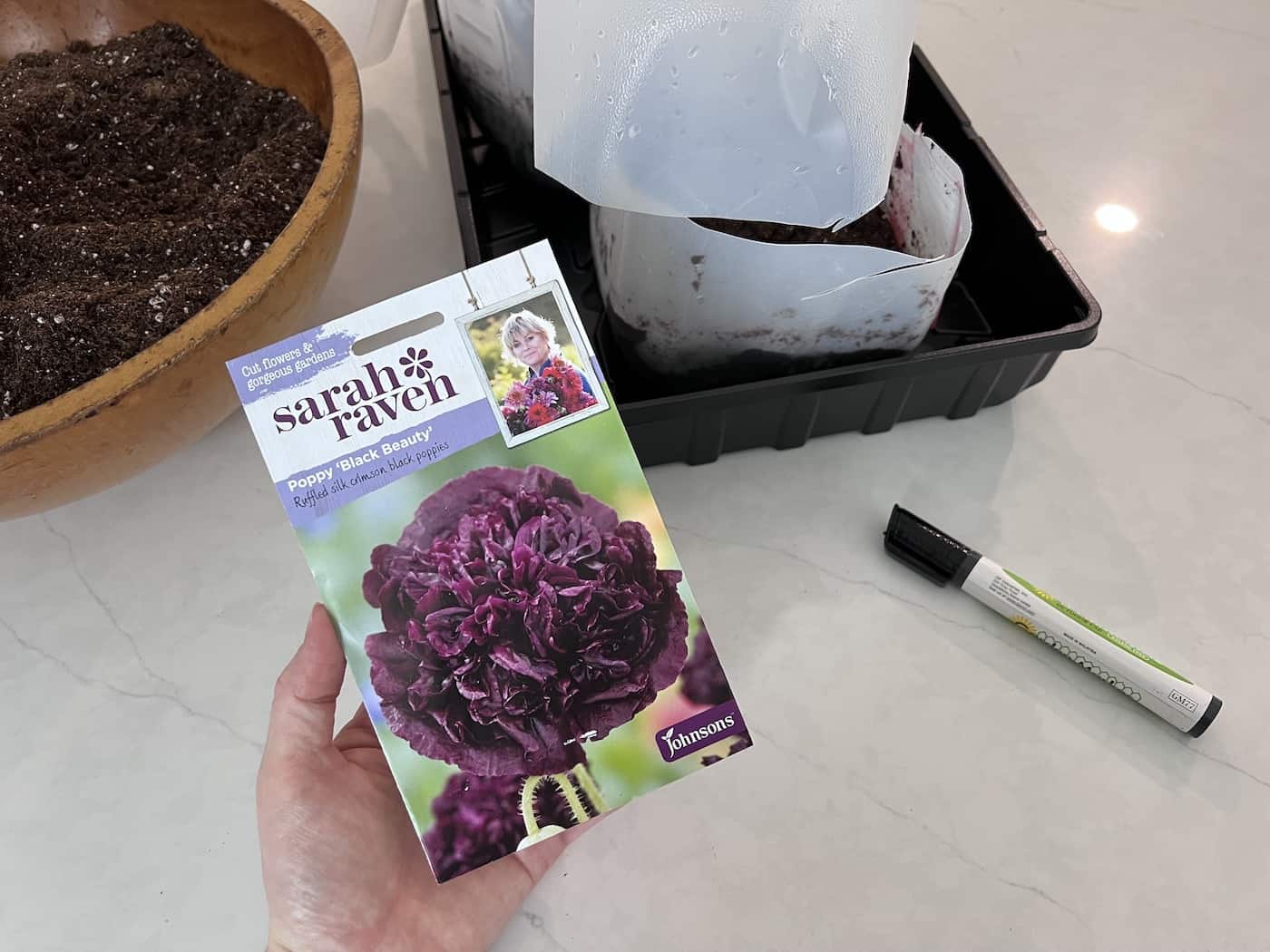
10. Poppy
Poppy plants can be tricky to start from seed…unless you are winter sowing. The tiny seeds are hard to handle, and the baby plants are fragile and prone to disease. Winter sowing certainly seems to be much easier than indoor seed starting for these lovely flowers.
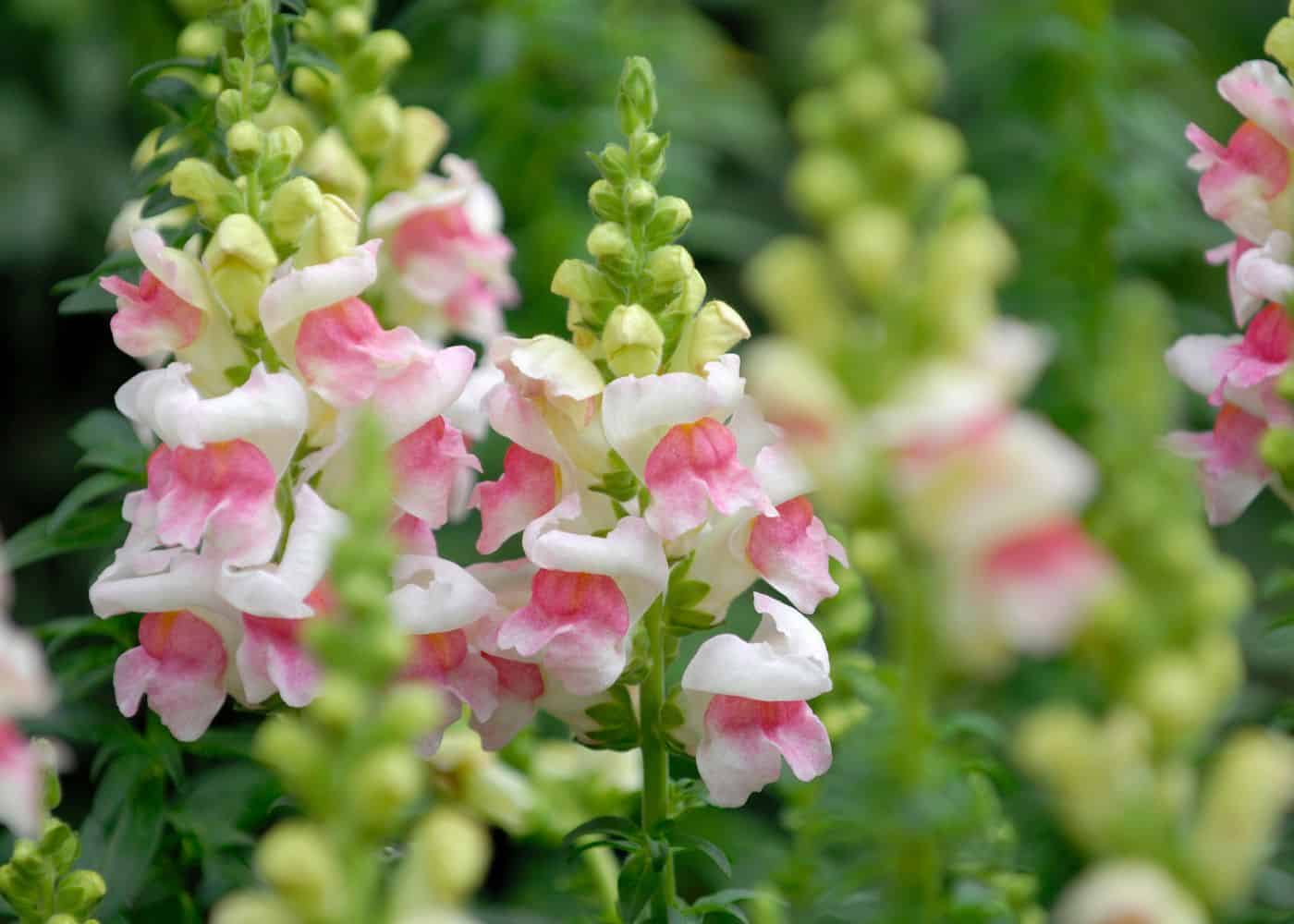
11. Snapdragon
Snapdragon is another winter sowing must have. The plants bring a pop of color to the garden with their long, upright stems and brightly colored flowers. These hardy plants are easy to grow and thrive in full sun or partial shade.
Snapdragon plants make great cut flowers for arrangements, and can be harvested for dried flower arrangements as well. There are many varieties of snapdragons available, from dwarf varieties to tall varieties, in a variety of colors.
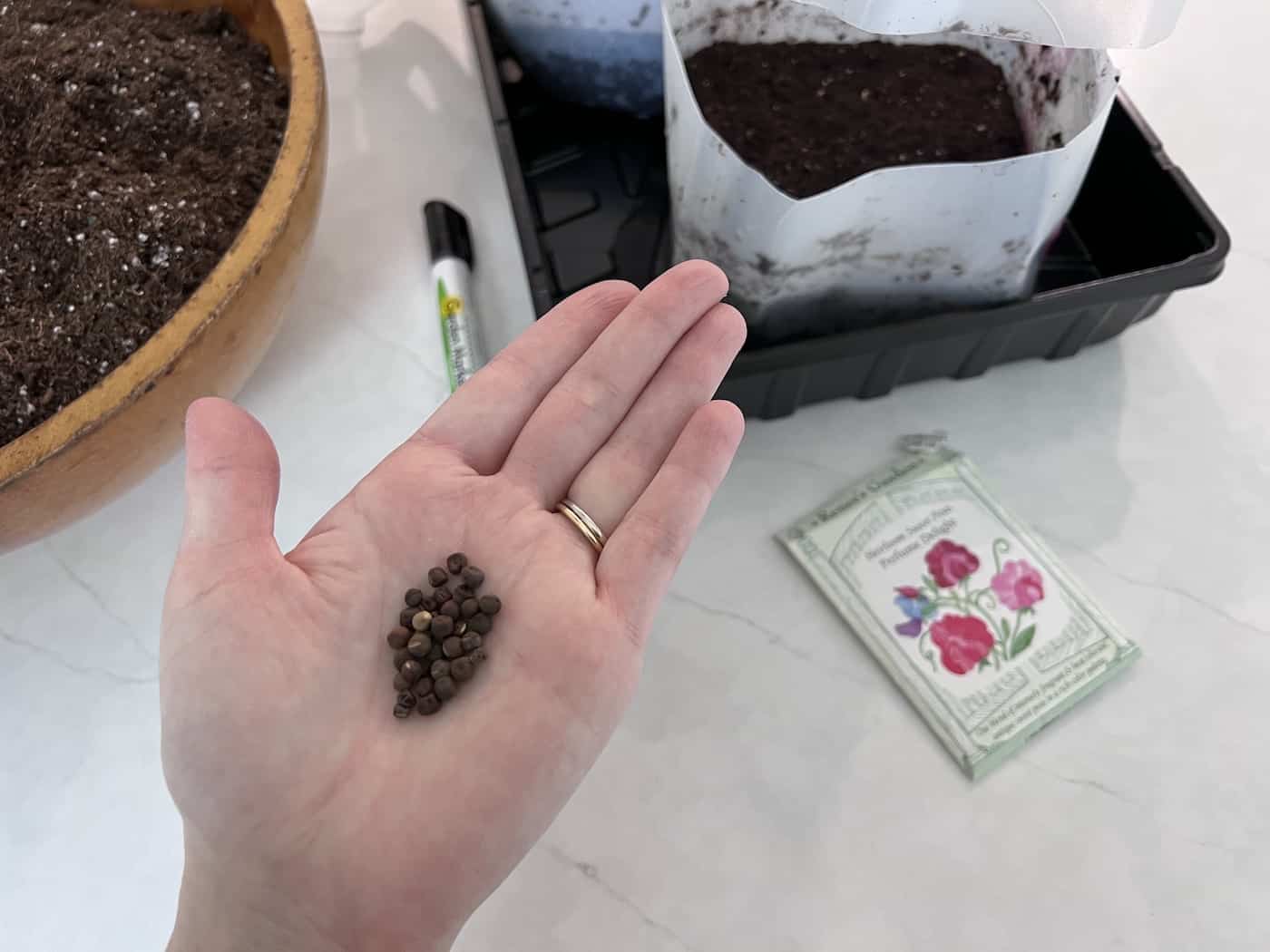
12. Sweet pea
Sweet peas are wonderful for winter planting as they get a bit of a head start and the plants are hardened off all on their own. Planting them early can mean blooms by late spring and a long season of harvest. Sweet pea varieties should be chosen based on the length of the growing season, soil quality, and size of the mature plant.


